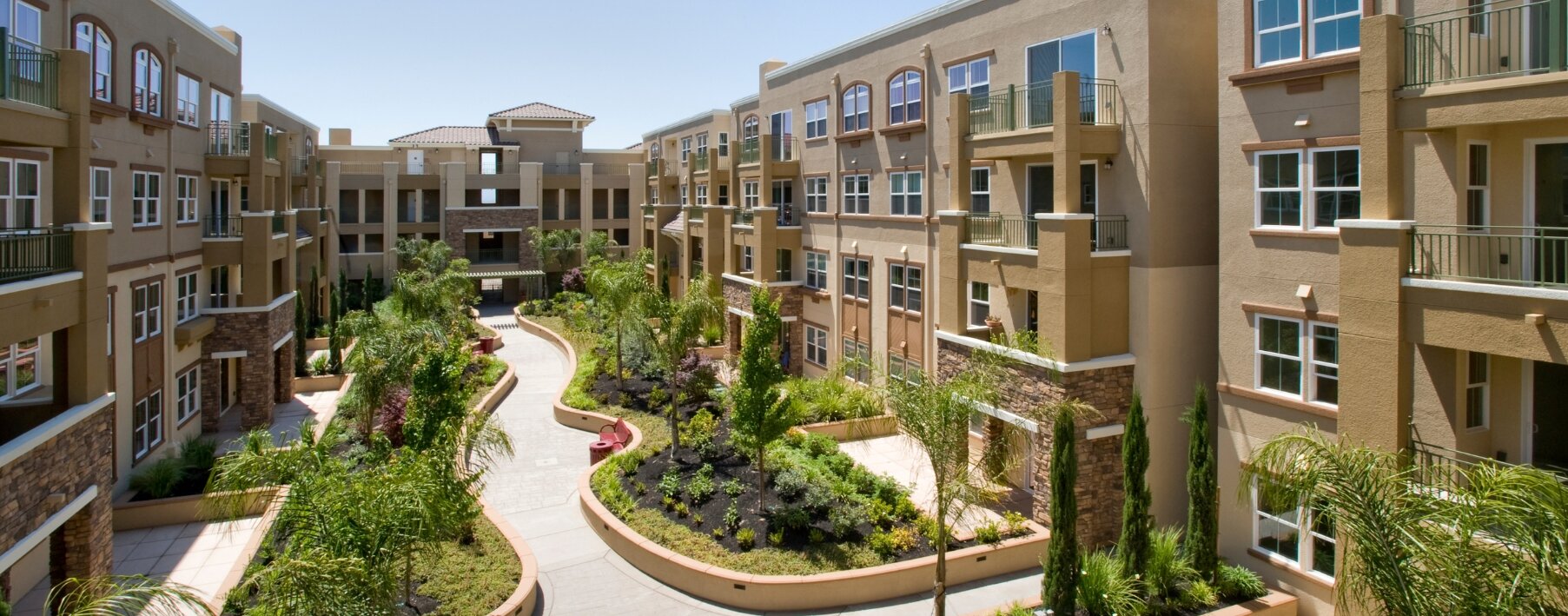Why Catastrophe Insurance Matters [Secure Your Sanctuary]

From severe storms and tornadoes to earthquakes, catastrophes can severely damage your homes – especially if you live in a high-risk area.
Recently, there's been a rise in such events and their intensity. According to a report, the U.S. faced 28 different climate and weather disasters in 2023 alone, costing more than $1 billion.
While home insurance coverage helps with many costs, it doesn't cover all catastrophes. To manage repair expenses, you need catastrophe insurance coverage.
This article will explain "What is catastrophe insurance," how it differs from hazard insurance, and more.
Key takeaways
- Catastrophe insurance covers natural disasters, such as earthquakes, floods, hurricanes, and unnatural disasters.
- Standard homeowners insurance policies typically exclude these high-cost, low-probability events.
- While hazard insurance covers natural disasters, catastrophe insurance protects against natural and man-made disasters.
- Take proactive steps to protect your home from potential catastrophes, reducing the risk and potential costs.
What is catastrophe insurance?
Often called catastrophe coverage or disaster insurance, catastrophe insurance is a type of insurance that helps protect businesses and homes from natural disasters, such as earthquakes, and human-made disasters like riots or terrorist attacks.
Property catastrophe insurance provides homeowners the financial support to repair or rebuild their homes and replace personal belongings after a major disaster.
However, standard home insurance policies usually do not cover these high-cost, low-probability events.
Typically, catastrophic event insurance covers weather-related perils, including:
- Floods
- Earthquakes
- Hurricanes
You can buy catastrophic loss insurance coverage as a separate policy. Still, some insurance companies offer coverage for specific events, such as hurricane insurance, that you can add to your home insurance as an endorsement or insurance rider.
How does catastrophe insurance work?
If you have a mortgage, your lender will probably require you to get homeowners insurance. This insurance usually covers several types of property damage, but some events are excluded.
Events not generally covered by homeowners insurance
As a rule, home insurance doesn't cover damage from earth movement. These events include:
- Landslides
- Mudslides
- Earthquakes
- Sinkholes
Moreover, flood damage is also typically excluded, including floods from:
- Storms
- Typhoons
- Tsunamis
- Hurricanes
However, many homeowners insurance policies only cover named perils – which can vary by policy and insurer. Even policies that claim to cover "all perils" may exclude certain events or have limits that leave you with inadequate coverage.
This is where catastrophe insurance can help.
Types of catastrophe insurance
Various types of catastrophe insurance cover damage from natural and human-made disasters.
When it comes to natural disasters, some specific catastrophe insurance includes flood insurance, earthquake insurance, storm insurance (for tornadoes and hurricanes), and fire insurance.
Also, catastrophe insurance or natural disaster home insurance is different from other kinds of insurance coverage from a business perspective.
It's hard to predict the total potential loss and cost since a disaster often leads to many catastrophe insurance claims at once. This makes it tough for insurers to manage risk.
To help with this, insurance providers use retrocession and reinsurance to share the risk of large-scale events.
What is personal catastrophe insurance?
Also called personal umbrella insurance, personal catastrophe insurance provides additional liability insurance coverage beyond the limits of your standard homeowners or auto insurance policy.
It helps protect you against significant financial loss from claims or lawsuits that result from accidents, injuries, or damages you cause to others.
This type of insurance ensures you have sufficient coverage to protect your assets and financial well-being in case of a catastrophic event.
What’s the difference between catastrophe and hazard insurance?
While catastrophe and hazard insurance protect against damage to your home, they cover different types of risks.
For instance, hazard insurance helps cover 'acts of God' events such as volcano eruptions, tornadoes, and lightning. It is often part of a standard homeowners policy.
In contrast, catastrophe insurance covers a wider range of events, including natural and unnatural disasters. Unlike hazard insurance, catastrophe insurance is a separate policy from regular home insurance.
Knowing the difference between these two types of insurance can help you ensure your home is adequately protected.
How do I protect my home from catastrophes?
Whether you have a natural catastrophe insurance program or not, you must protect your house from high-cost, low-probability events—particularly if there's a warning.
Here are a few tips:
- Earthquake-Prone Areas: If you reside in an earthquake-prone area such as California, it's best to get your home's foundation inspected and reinforced against earth movement or any other geological force.
- Hurricane Preparation: Prepare your home for hurricanes, especially if you live in the South. Steel your home against strong winds and heavy rain that could cause serious damage.
- Flood Planning: Check local flood maps and craft a flood plan for heavy rains. Understand your flood risks and take steps to minimize potential damage.
Bonus tips
Protecting your home from catastrophes involves a combination of preventive measures and comprehensive homeowners insurance.
To help protect your home from different types of catastrophes, here are some additional steps you can take:
- Move your lawn or outdoor furniture that could be blown away by strong winds inside.
- Check weatherstrips for cracks or leaks and replace them when necessary to keep water out.
- Clear out your rain gutters to ensure proper drainage.
- Maintenance is a necessary part of home ownership but is often overlooked. Make sure you keep up with the home maintenance checklist to prevent any wear and tear.
- Elevate your household appliances a few inches off the ground to prevent flood damage.
- Replace loose or broken roof shingles to protect your home from storms better.
- Secure external structures such as porches, carports, and sheds to the ground or foundation.
- Trim tree limbs every year to prevent them from falling on your house during a storm.
- Get new garage doors to withstand strong winds, if required.
These tips are useful not only during tornado and hurricane season but all year round.
Home insurance providers often reward proactive measures to mitigate catastrophe damage, so updating your house to defend against storms or other disasters can help you save money on your policy over time. If you're in the market for a new home, consider disaster-resistant new construction properties, which are designed to withstand extreme weather and may also lead to insurance savings.
Still have questions?
Curious to learn more about catastrophe or natural disaster insurance? Here are some frequently asked questions.
What is non-catastrophic loss?
Non-catastrophic losses refer to damage or loss from everyday risks and perils covered by standard homeowners insurance, such as theft, fire, or vandalism, rather than severe events like earthquakes or floods.
What is the most common type of catastrophe?
The most common type of catastrophe varies by region, but floods and hurricanes are among the most frequent and costly disasters in many areas. They cause widespread damage to homes and infrastructure.
Why do insurers use cat models?
Insurers use catastrophe models (cat models) to estimate potential losses from catastrophic events. These models help insurers assess risk, set premiums, and ensure they have enough capital to cover large-scale claims.
How do insurers deal with catastrophic loss?
Insurers deal with catastrophic loss using reinsurance and retrocession to spread the risk. This helps them cover the massive number of claims that come in after a catastrophe.
What is catastrophe excess of loss insurance?
Catastrophe excess of loss insurance is a type of reinsurance that provides coverage to an insurer when claims from a single catastrophic event exceed a specified amount. This helps insurers manage the financial impact of large-scale disasters.
What is the catastrophic loss limit?
The catastrophic loss limit is the maximum amount an insurance plan will pay out for a single catastrophic event. The limit varies by policy and insurer.



